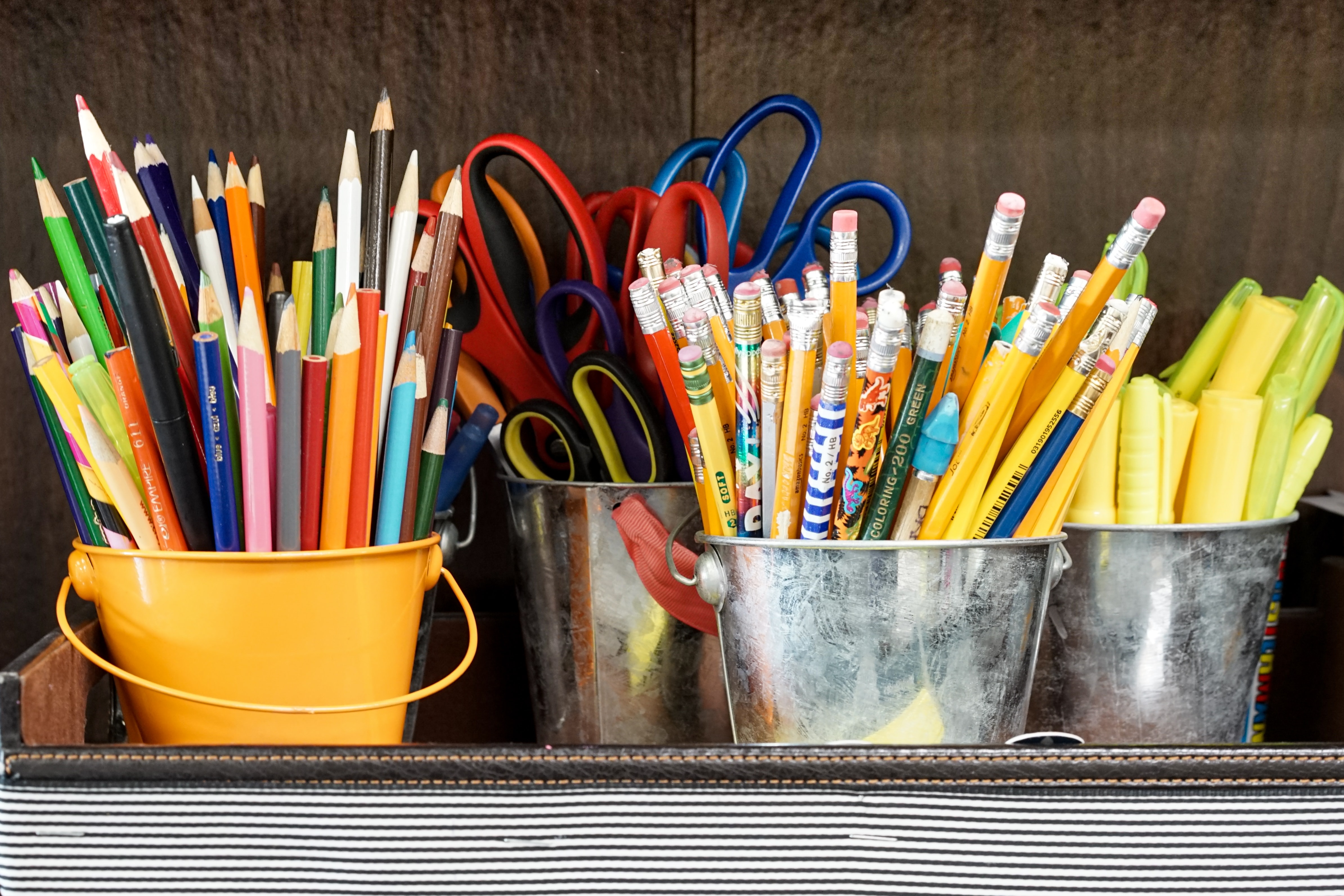Everything You Need to Know to Successfully Transition to Standards-Based Grading
At this recent Tech & Learning webinar, educators shared everything you need to know about standards- or mastery-based grading.

When a district or school switches to standards-based education, also known as mastery-based education, there can be pushback from students, teachers, and parents. Navigating this pushback and making a successful transition to standards-based grading was the focus of a recent Tech & Learning webinar.
The talk was hosted by Dr. Kecia Ray and featured Sara Andrus, District Administrator with Sharon J11 Community Schools in Wisconsin, and Lisa Westman an author, speaker, and consultant who works with school districts to implement standards-based grading. The webinar also featured input from Kendell Hunter, product marketing manager for Otus, and a former classroom educator.
Watch the full video of the webinar on-demand here.
Key Takeaways
Building a Rubric Based on Standards and Finding Meaningful Assessment
Andrus said that Sharon J11 Community Schools started their discussion of standards-based, or mastery-based, grading by looking at what grades actually convey to educators and parents. “What does an A tell you about your kid? Does it tell you the skills the child has or doesn't have? Or does it just tell you that they were quiet in class,” she said.
Using state standards as a guide they built rubrics that students could be assessed against. “The rubric builds itself if you look at the standard,” Andrus said. Educators in the district then engaged in “calibration conversations,” Andrus said. “What are the standards telling us these kids should be able to do at this point? And if they can't do that, why not? And how can we help fill those gaps?”
Westman said that sometimes when schools try and implement standards-based learning they don’t focus enough on calibrating their instruction and assessment, and focus too much on creating a standards-based report card. “A lot of time was spent on creating this report card. Not a lot of time was spent and helping teachers parents and students understand the shift,” she said. “Everyone wants to start with a report card, but really that's the end. So don't start with the report card. Start with the practices.”
Tools and ideas to transform education. Sign up below.
More Chances to Succeed and No More Zeros
One of the points of resistance among some educators’ in Andrus’ district was around the concept of re-dos. “So there was a big conversation around what's the point of a redo,” she said. “It's to show you've corrected your misunderstandings. Why wouldn't you get credit for that?”
Re-dos are likely to be a topic requiring discussion when implementing mastery or standards-based learning. “Sometimes they may say, ‘Well, this thing only had two questions on it, so I don't want them to redo it,’” Andrus says. “I say great. Is there another way they could show you they know that now? Could you give them two different problems?”
This process can be empowering to students and eliminate the stigma of zeros. “There are no zeros, so we don't have to argue about them anymore. We can put them on the shelf,” Andrus says.
Separating Behavior and Grade
Beyond questions around re-dos, a concern among educators is how student behavior plays into a standardized-based classroom. “What if the students are misbehaving, and I used to use the grades as an incentive, and then also if I don't grade it with an A,B, C, the students won't do it,” Westman says.
Mastery-based educators, however, are able to overcome these challenges by focusing on standards and separating behavior from grades. For instance, Andrus’ district used daily learning targets to help keep kids on pace and become more involved in their own progress.
While behavior can become more separated from grades, it shouldn’t be ignored in a standards-based classroom, Westman says. There should be behavioral learning goals, and educators should think of executive functioning and behavior skills as skills, she said. Instead of telling a parent that their child is talking too much and not concentrating, the conversation should be more skills-based.
“Here's the expectation and here's where your child is at in relationship to this behavior expectation,” Westman says. “And then also thinking about as we dialogue with each other, how do we teach those skills and give students feedback on those skills?”
Standards-Based Grading Doesn’t Necessarily Take More Time
Another common concern with standards-based grading is that it requires too much extra grading time. However, that does not have to be true. “In my mind, traditional work is a lot of backend work,” Andrus said. “In standards-based, you're doing a lot of work on the front end.”
Establishing a clear rubric makes grading faster and there are tech tools to assist with this process in many topics. The rubric also cuts down on time debating with parents and students about grades. “It's hard to argue about, 'Why did I get this score?’ Or 'You didn't grade me fairly.' We aren't having those arguments anymore.”
Erik Ofgang is a Tech & Learning contributor. A journalist, author and educator, his work has appeared in The New York Times, the Washington Post, the Smithsonian, The Atlantic, and Associated Press. He currently teaches at Western Connecticut State University’s MFA program. While a staff writer at Connecticut Magazine he won a Society of Professional Journalism Award for his education reporting. He is interested in how humans learn and how technology can make that more effective.

